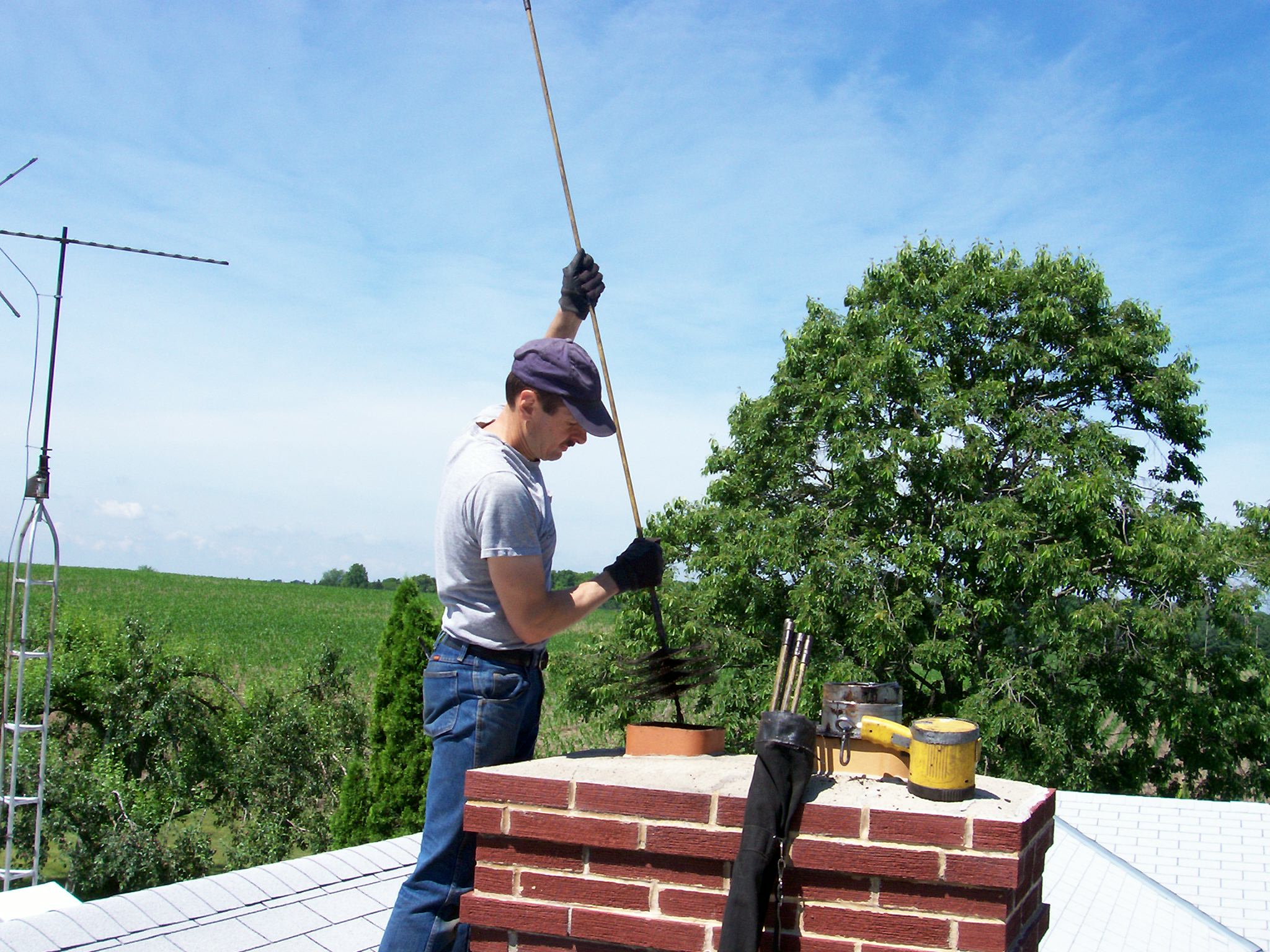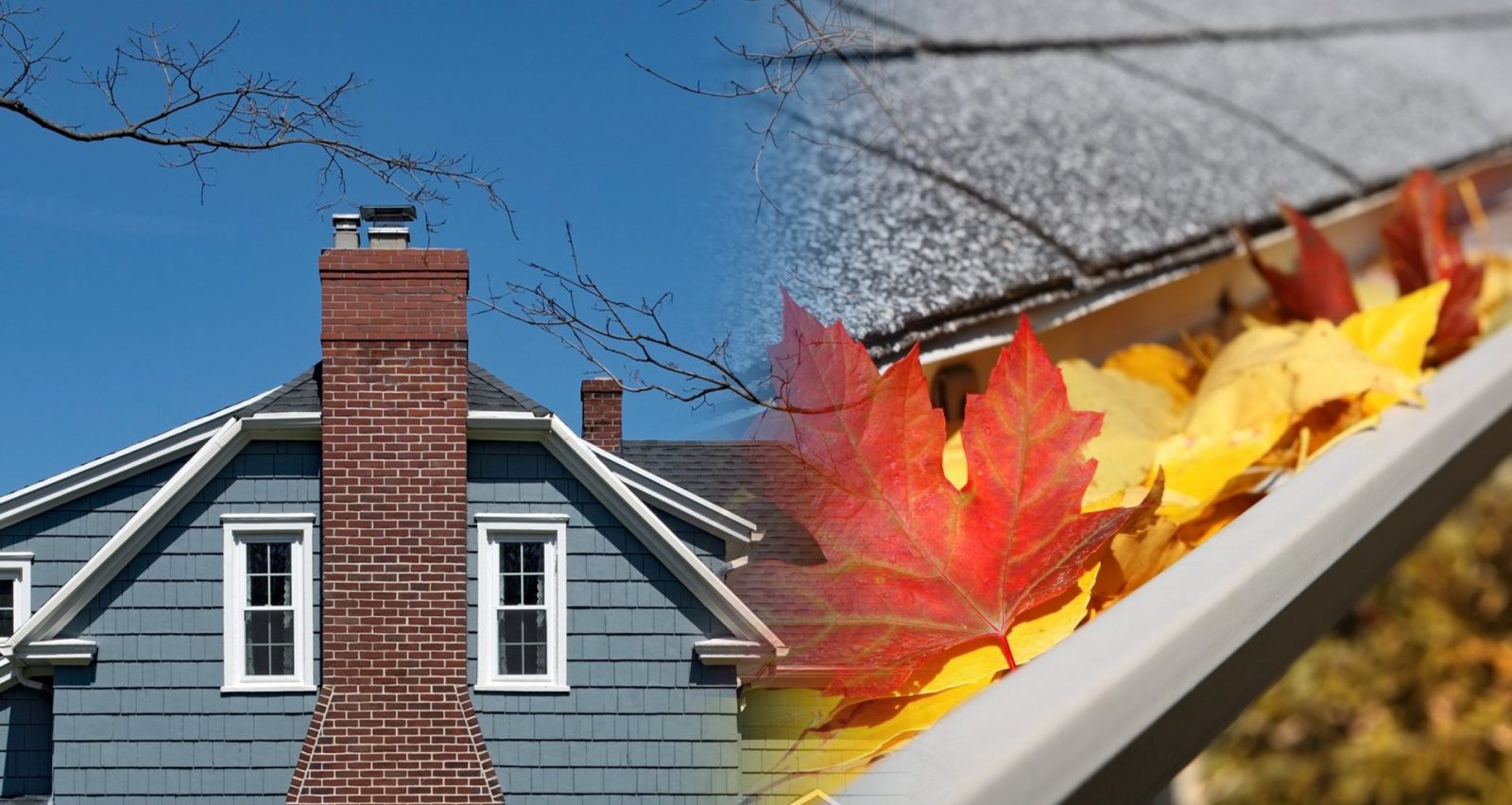Keep Ahead of the Curve: Advanced Chimney Maintenance San Jose Techniques Revealed
Keep Ahead of the Curve: Advanced Chimney Maintenance San Jose Techniques Revealed
Blog Article
Professional Tips for Effective Smokeshaft Maintenance You Need to Know
Smokeshafts serve as crucial parts in numerous homes, providing warmth and convenience. From the significance of regular assessments to safe functional practices, an extensive method to chimney upkeep is crucial.
Value of Routine Inspections
Regular assessments of chimneys are vital for ensuring their security and performance. Chimneys play a vital role in venting out unsafe gases and preserving appropriate airflow in a home. Gradually, creosote build-up, debris, and structural damage can occur within the smokeshaft, posturing major dangers such as smokeshaft fires or carbon monoxide leaks.
During a smokeshaft inspection, trained specialists evaluate the condition of the smokeshaft, searching for any kind of indicators of damage, obstructions, or damage. They additionally inspect the honesty of the flue, chimney lining, and smokeshaft cap to guarantee whatever is in correct working order. By determining and resolving concerns early on, costly repair services or prospective dangers can be stayed clear of.
Normal assessments not just help in preserving the safety and security of the chimney but likewise add to its total efficiency. A well-maintained and clean chimney runs more successfully, making certain proper ventilation and decreasing the danger of indoor air contamination. Scheduling annual smokeshaft evaluations is a proactive measure that homeowners can take to safeguard their residential property and loved ones.
Cleansing Strategies and Regularity
Keeping the security and performance of a chimney involves not only normal assessments yet also implementing ideal cleansing techniques and figuring out the optimum regularity for cleaning. Smokeshafts should be cleansed by a specialist chimney sweep a minimum of yearly, also if they are not frequently utilized. However, if the chimney is utilized regularly, specifically with wood-burning stoves or fire places, it might call for even more frequent cleanings to avoid the buildup of creosote, a highly flammable material that can lead to smokeshaft fires.
House owners need to never forget smokeshaft cleansing, as it is important for preserving a risk-free and functional smokeshaft system. Normal cleansings not just lower the danger of chimney fires however likewise boost the chimney's total performance and longevity.
Addressing Chimney Leaks

When attending to smokeshaft leakages, thorough inspection and punctual repair services are important to avoid water damages and keep the architectural integrity of the smokeshaft,. Leaks in a chimney can result in significant problems such as mold and mildew development, wear and tear of the chimney structure, and also prospective fire risks. To efficiently attend to chimney leakages, beginning by examining the chimney cap, crown, blinking, and masonry for any kind of signs of damage or wear. Smokeshaft caps need to be firmly in position to stop water from entering, while the crown and blinking must be undamaged and effectively secured. Any type of splits or gaps in the masonry ought to be fixed without delay to avoid water infiltration. Furthermore, think about waterproofing the chimney to provide an extra layer of security against wetness. Routine upkeep and examinations can assist discover and resolve chimney leakages early, saving you from pricey fixings and making sure the safety and longevity of your smokeshaft.
Comprehending Creosote Accumulation
To recognize the potential dangers of creosote accumulation in smokeshafts, it is essential to acknowledge its formation procedure and effect on smokeshaft efficiency. When timber or fossil fuels are burned, Creosote is a black or brownish tar-like material that accumulates inside chimney systems. As smoke increases via the smokeshaft, it cools and condenses, leading to the development of creosote, which adheres to the chimney walls.

Routine chimney inspections and cleansings by a professional smokeshaft move are vital in avoiding creosote build-up and ensuring the secure operation of your smokeshaft system.
Safe Procedure Practices
Executing correct safety and security methods is important for the efficient and protected procedure of smokeshaft systems. Constantly make certain that the smokeshaft is skillfully examined and cleaned up routinely to remove any type of creosote build-up, which can lead to smokeshaft fires.
Additionally, make sure to just burn skilled wood in your fireplace, as wet or eco-friendly wood can produce more creosote and create hazardous smokeshaft blockages. Lastly, never leave a fire unattended and constantly ensure the fire is entirely extinguished before going over here to bed or leaving your house. By complying with these risk-free operation methods, you can delight in a cozy and cozy fire while ensuring the safety and security of your home and enjoyed ones.
Conclusion
Finally, keeping your chimney is important for guaranteeing its safety and efficiency. Normal assessments, proper cleaning strategies, dealing with leaks, handling creosote build-up, and adhering to secure procedure methods are key elements of chimney upkeep. By find here staying on top of these jobs, you can protect against prospective threats and lengthen the lifespan of your smokeshaft. It is very important to prioritize chimney upkeep to maintain your home warm and safe throughout the chillier months.
Over time, creosote accumulation, debris, and structural damages can take place within the chimney, positioning significant threats such as chimney fires or carbon monoxide leaks.
If the smokeshaft is used routinely, particularly with wood-burning stoves or check out this site fireplaces, it might need even more constant cleanings to avoid the accumulation of creosote, a highly flammable material that can lead to chimney fires. (Chimney Maintenance San Jose)
To recognize the possible threats of creosote accumulation in chimneys, it is important to recognize its development process and influence on chimney efficiency. As smoke climbs via the chimney, it cools and condenses, leading to the formation of creosote, which adheres to the smokeshaft wall surfaces.
Always ensure that the smokeshaft is properly examined and cleansed consistently to eliminate any type of creosote accumulation, which can lead to smokeshaft fires.
Report this page